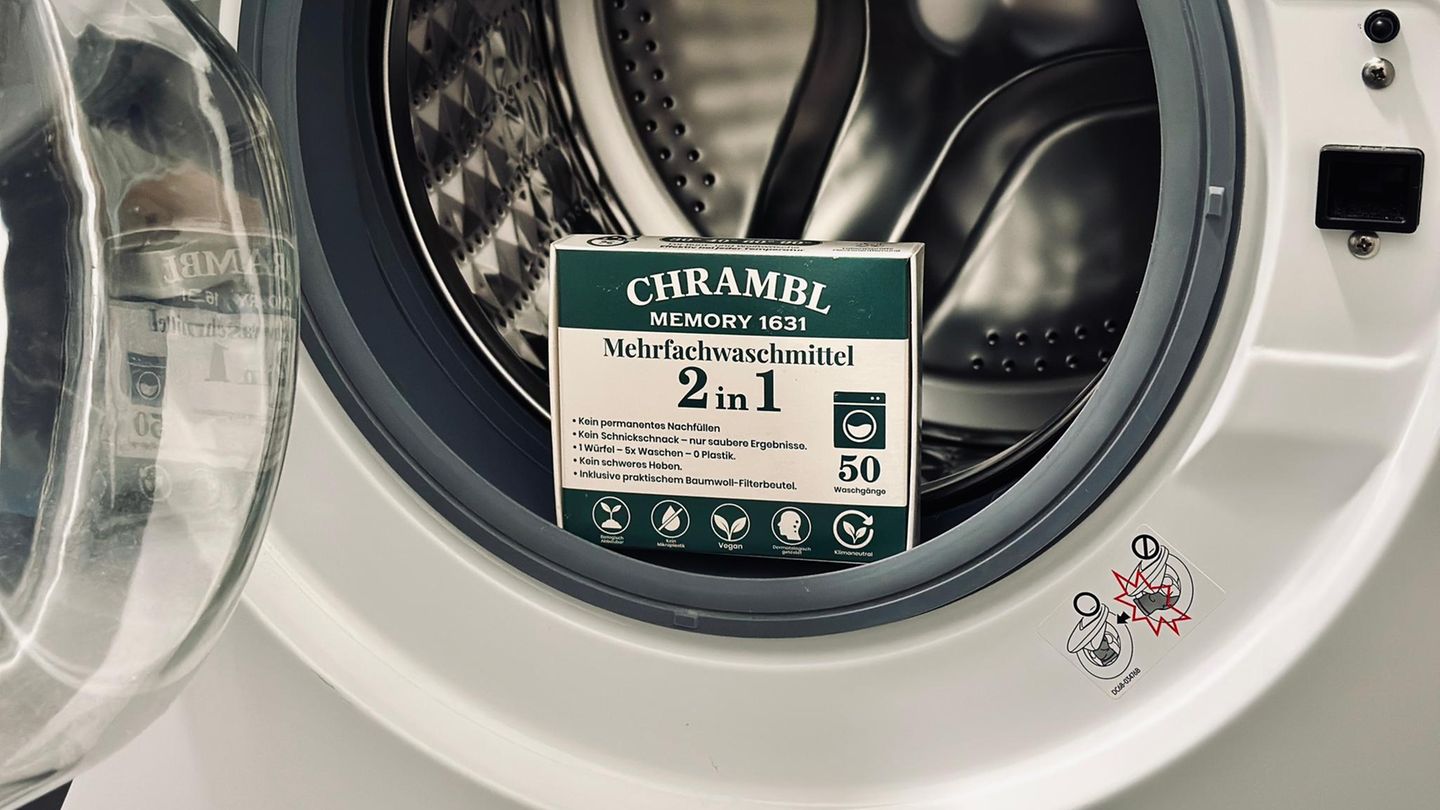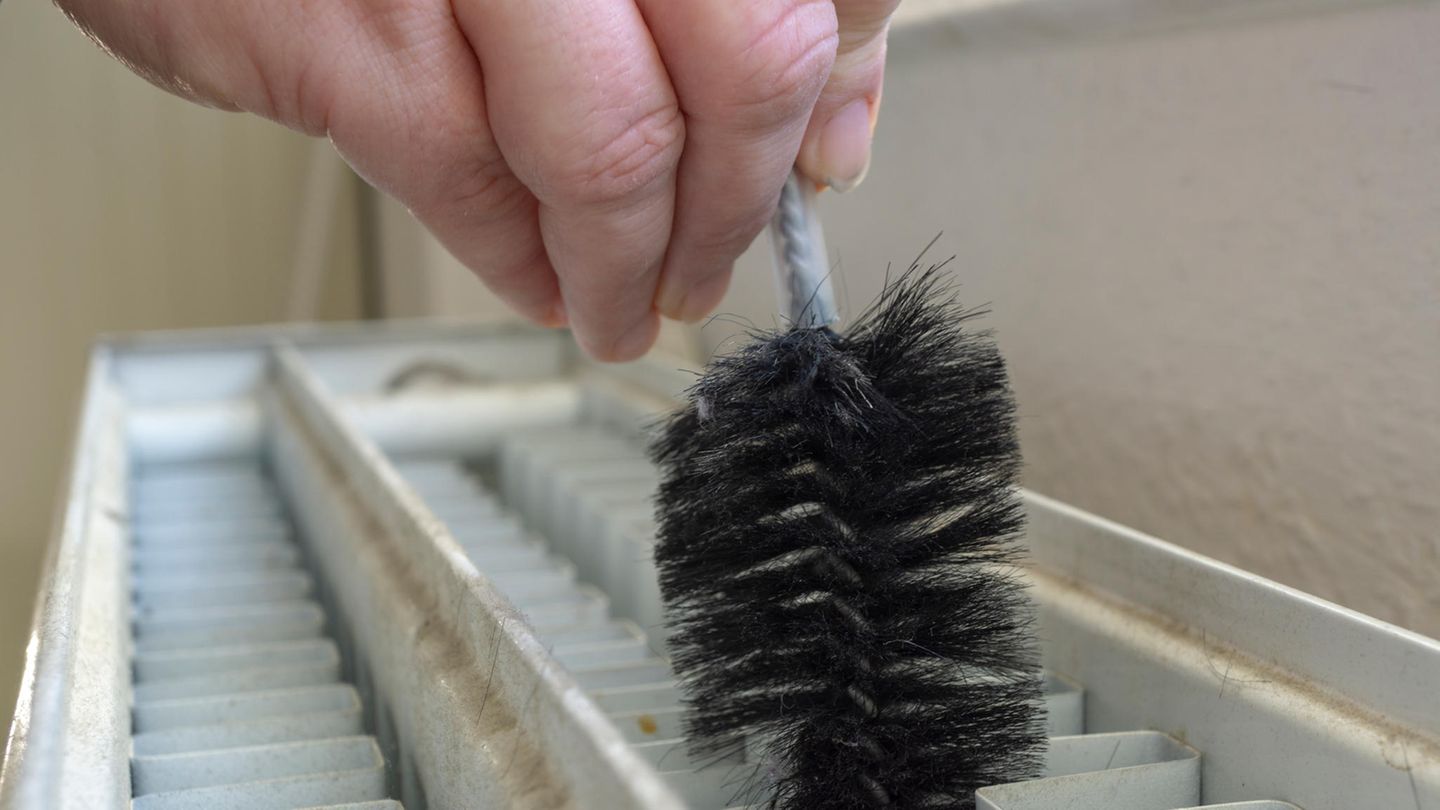Menu
Dust off radiators and reduce costs: This is the best way to do it
Categories
Most Read
The White House expects the US government shutdown to end this week
October 20, 2025
No Comments
Are you a university student? DNI account offers an exclusive refund to save on your purchases in October 2025
October 20, 2025
No Comments
Donald Trump announced that he plans to seal a trade pact with Xi Jinping and travel to China next year
October 20, 2025
No Comments
Javier Milei explained what the swap with the US is like and the conditions for the Government to activate the aid
October 20, 2025
No Comments
Aldi, Rewe & Co.: Retail chains are saying goodbye to cheap meat
October 20, 2025
No Comments
Latest Posts

Jimmy Fallon: Presenter mourns family dog Gary
October 20, 2025
No Comments
Lisa HarrisI am an author and journalist who has worked in the entertainment industry for over a decade. I currently work as a news editor

Chrambl from DHDL: What can the washing cube do for a better climate?
October 20, 2025
No Comments
“The Lion’s Den” One cube, five washes, zero guilt: Chrambl in the test Listen to article Copy the current link Add to wishlist Less plastic,

Lori Loughlin: Her husband keeps the assets after separation
October 20, 2025
No Comments
Lisa HarrisI am an author and journalist who has worked in the entertainment industry for over a decade. I currently work as a news editor
24 Hours Worlds is a comprehensive source of instant world current affairs, offering up-to-the-minute coverage of breaking news and events from around the globe. With a team of experienced journalists and experts on hand 24/7.

